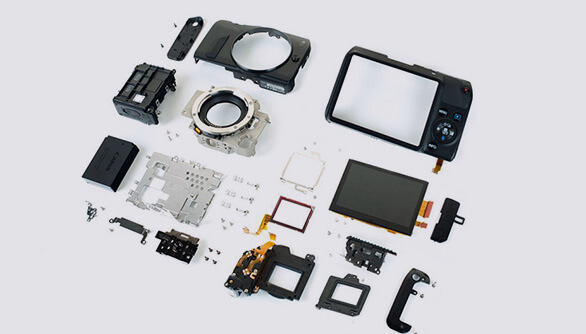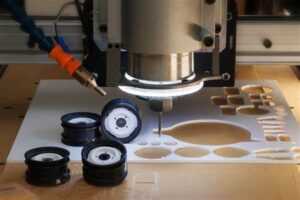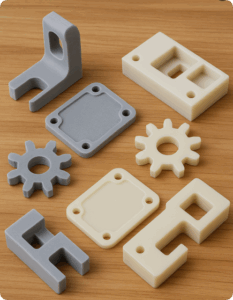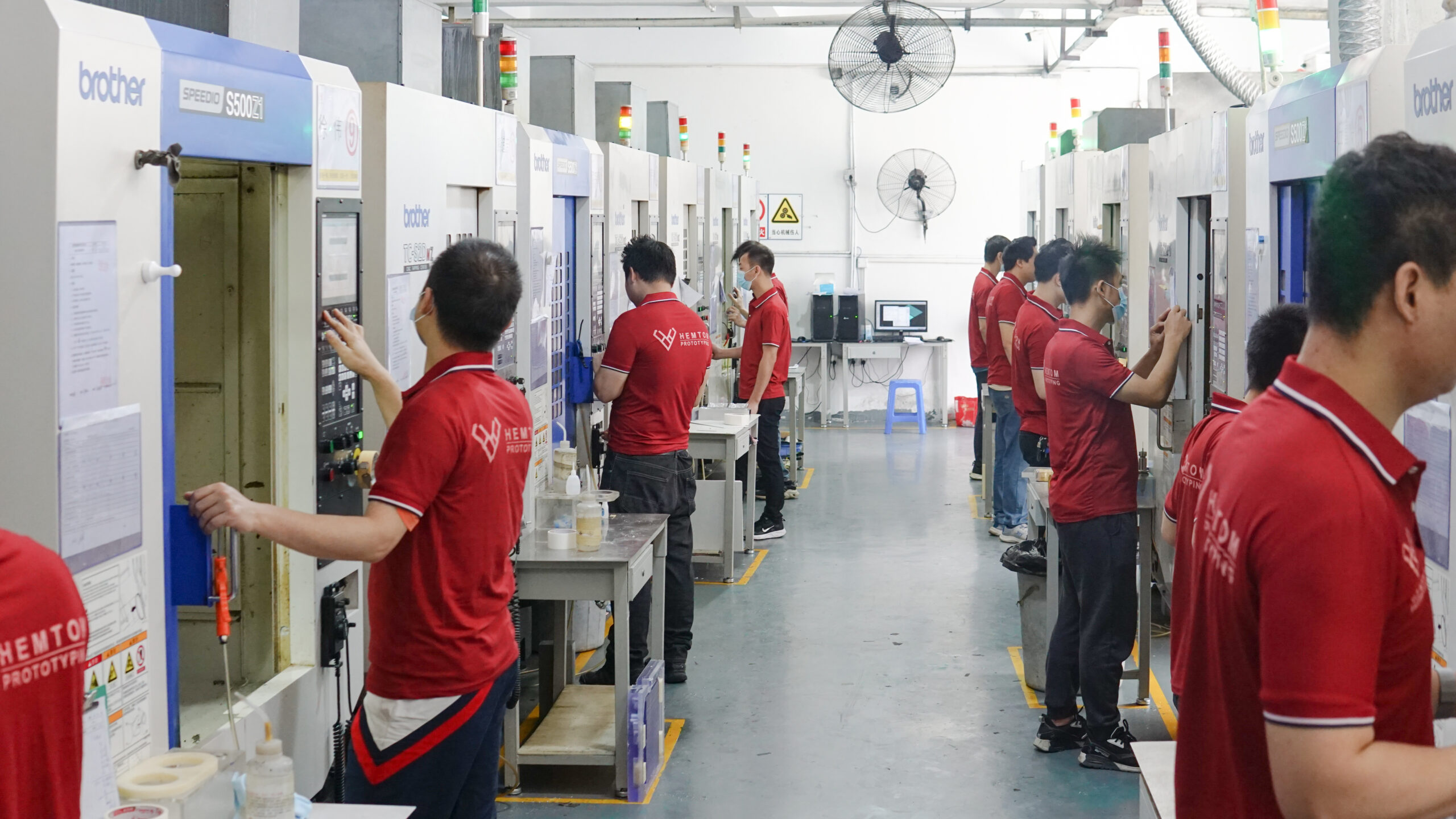Rapid prototyping defines a method that enables companies to produce product prototypes that are still in the planning stage, then detect defects or weaknesses in the product earlier, and avoid the high costs of troubleshooting in the production process. Here, you can learn all about rapid prototyping.
What Is Rapid Prototyping And How It Works In Design For Manufacturing Or DFM?
Rapid prototyping is a manufacturing technology that allows you to quickly create models or parts. It integrated and developed basis on modern CAD/CAM technology, laser technology, computer numerical control technology, precision servo drive technology and new material technology.
Under the framework of DFM (Design for Manufacturing), prototyping is the practice of building a revised model of a new or existing product prior to final approval and full production. Through this process, designers and developers can evaluate their designs, identify bugs or omissions, and demonstrate the concept to any interested parties. Understandable prototyping is a critical part of any design process and often saves a lot of time and budget.
Types Of prototypes Made By Rapid Prototyping And Why Is It So Important In DFM?
As a rapid prototyping company and prototype manufacturer, the prototypes we make are generally divided into prototypes of appearance display type and prototypes of structural function demonstration type.
At different stages of new product development, designers have different model requirements.
In the early stage, the designer will use all the available resources around to make a simple model, that is, a low-fidelity prototype.
In the medium term, due to design requirements and economic cost savings and other factors, it may be required to make a mild-fidelity prototype.
After continuous testing, new product development has reached the late stage, and designers often propose high-fidelity prototype. Our high-fidelity prototypes are almost the same as the final product.
In summary, prototype parts and models are required at each stage of the product development process.
Among them,
Conceptual model: great for helping clients or colleagues visualize your designs.
Demo prototype: support your marketing or trade show activities.
Functional prototype: can test strength, stiffness and other properties.
Pre-production prototype: help you evaluate manufacturing feasibility.
Rapid Prototyping Process
Rapid manufacturing cannot be limited to one production method, it is made by a variety of processing techniques to make prototypes. For example, my article mentioned earlier”It integrated and developed basis on modern CAD/CAM technology, laser technology, computer numerical control technology, precision servo drive technology and new material technology.”
Additive manufacturing– Form the final product by adding parts, such as 3D printing.
Compressive– Semi-solid or liquid materials are forced into the desired shape prior to solidification, such as vacuum casting, injection molding or sheet metal fabrication.
Subtractive– The final product is created by cutting material blanks, such as CNC machining.




